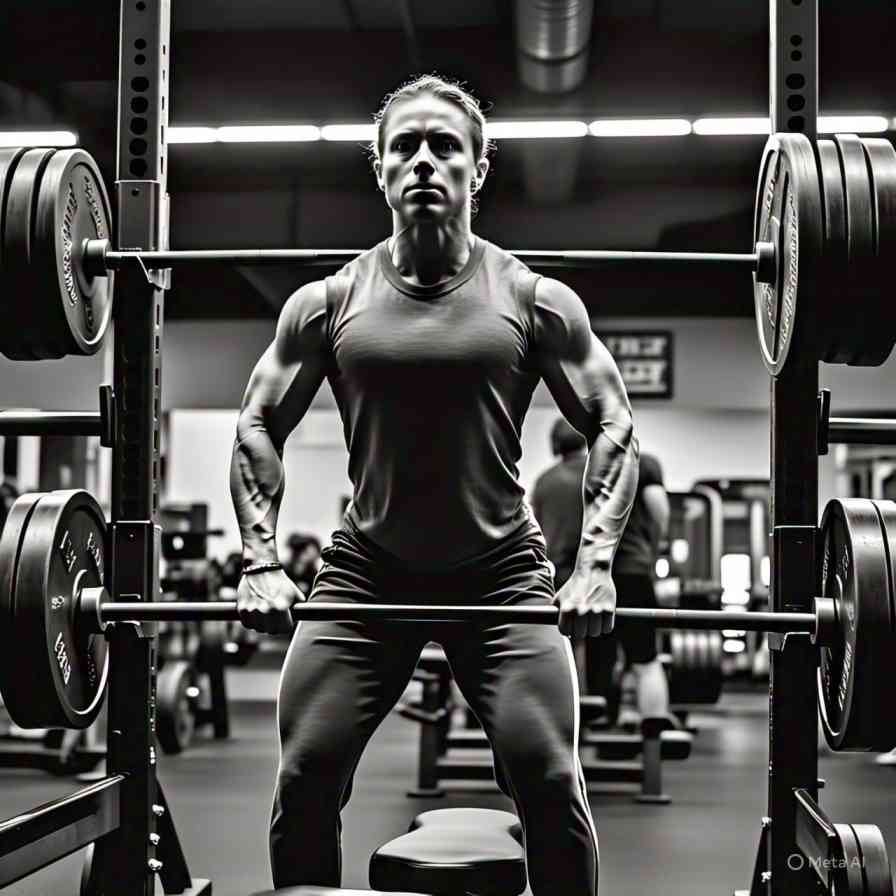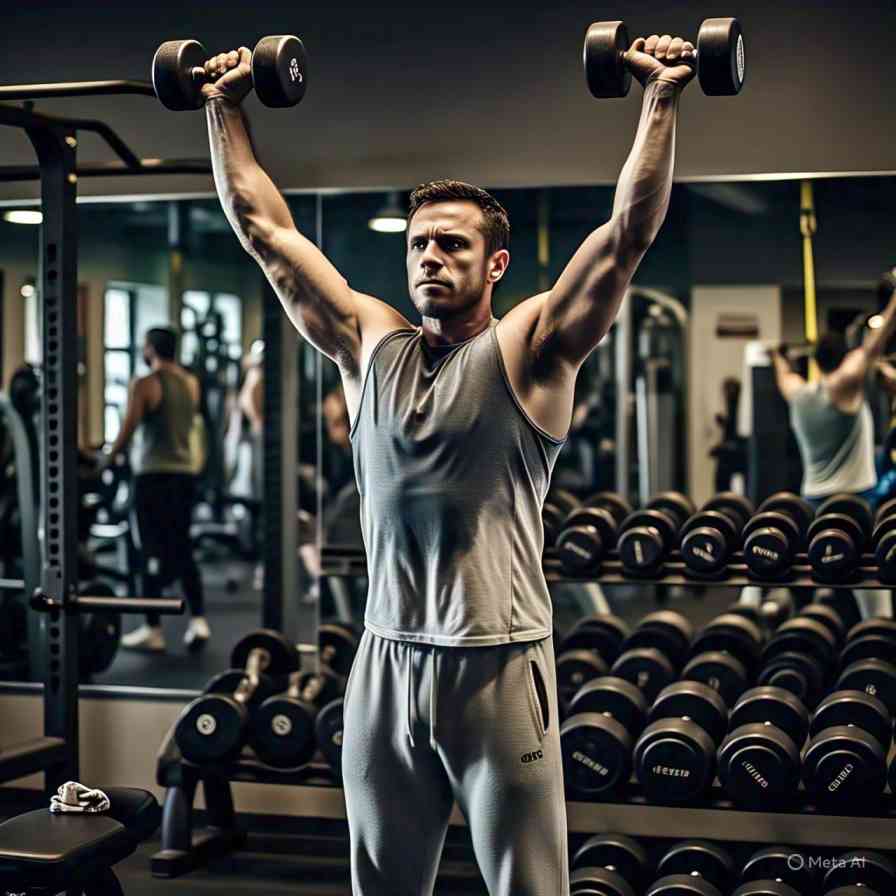Curious about how many calories lifting weights burns? Learn the numbers, influencing factors, and why strength training may be your secret weapon for fat loss.

How Many Calories Does Lifting Weights Burn? (More Than You Might Expect)
Ever walked out of the gym, muscles sore and shirt soaked, and thought, “How many calories did I just burn doing that?” It’s a common question—and the answer is more layered than you might think. If you’re wondering about how lifting weights burns calories, you’re not alone, and the answer goes well beyond just numbers on a fitness tracker.
Let’s break it all down with real insights, expert-backed data, and tips you won’t find in just any fitness blog.
Why It’s Hard to Pin Down a Single Answer
Unlike cardio activities like running or cycling, where calorie expenditure is fairly linear, strength training involves a range of variables:
- Your body composition and weight
- Training intensity and style
- Session length and structure
- Rest periods between sets
- Post-exercise metabolism (also known as the after burn effect)
That last one—after burn—can make a huge difference and often gets overlooked.

Average Calorie Burn from Lifting Weights
Here’s what the numbers say based on available research:
| Type of Weight Training | Calories Burned in 30 Minutes (155 lb individual) |
|---|---|
| Light to Moderate Training | Around 110–120 calories |
| Intense/Heavy Training | Around 220–230 calories |
| Circuit-Based Strength Work | Up to 295–300 calories |
*Based on data from *Harvard Health
So if you’re pushing through a solid 60-minute session, especially with compound lifts and minimal rest, your total calorie burn could reach 400–600, depending on your effort.

Meet EPOC: Your Metabolism’s Best Friend
EPOC, short for excess post-exercise oxygen consumption, is your body’s recovery mode after intense physical exertion. Your system continues working hard for hours—sometimes even a full day—after a tough strength workout. This means you’re still burning calories long after you’ve left the gym.
Here’s what happens post-lifting:
- Your body uses more oxygen to return to its resting state
- Muscles are repaired and rebuilt (which requires energy)
- Hormonal and metabolic activity spikes temporarily
Studies suggest this “afterburn” can increase your total session burn by 6–15%, depending on the workout’s intensity and duration.

Weights vs. Cardio: What Burns More?
A common debate among gym-goers is whether cardio or weights torch more calories. Here’s a snapshot comparison:
| Exercise | Estimated Calories Burned (1 hour, 155 lb person) |
| Running (6 mph pace) | ~740 calories |
| Cycling (moderate) | ~520 calories |
| Weight Lifting | ~220–450 calories |
So yes, cardio usually wins in terms of immediate calorie burn. But strength training has longer-term effects that cardio doesn’t fully deliver:
- Boosts resting metabolic rate by increasing lean muscle mass
- Improves body composition, not just weight loss
- Increases fat oxidation over time
And combining both training styles can produce the best overall results, according to studies like this one published in JSCR.
Personal Take: My Experience with Weight Training and Calorie Burn
When I transitioned from mostly cardio workouts to a strength-based program, I noticed more than just changes on the scale. My energy improved, I felt stronger, and my clothes started fitting differently—even before the numbers dropped.
Using a smartwatch to track calories, I found my high-intensity lifting sessions (with compound moves and minimal rest) burned close to 500 calories per hour. But the biggest transformation? My metabolism stayed fired up all day.
Strength training helped me feel more capable, consistent, and empowered—benefits that extended well beyond calorie counts.
5 Key Factors That Influence Calorie Burn During Lifting
1. Your Body Mass & Muscle Ratio
Larger individuals naturally burn more calories. And the more muscle you carry, the higher your resting energy needs.
2. Workout Intensity
Pushing yourself close to muscular failure in each set increases calorie expenditure.
3. Exercise Selection
- Isolation exercises (e.g., bicep curls) burn less
- Compound lifts (e.g., deadlifts, squats) engage more muscles and burn more
4. Rest Periods
Shorter rest keeps your heart rate up, simulating cardio for greater overall burn.
5. Post-Workout Burn (EPOC)
The heavier and more complex the workout, the longer your metabolic boost lasts afterward.
Tips to Burn More Calories While Lifting
Want to get more out of every minute at the gym? Try these strategies:
- Lift compound: Use exercises like squats, rows, and presses
- Shorten rest times: 30–60 seconds between sets for fat-loss focused sessions
- Use supersets or circuits: Combine exercises back-to-back to keep the pace high
- Challenge yourself with progressive overload: Increase weights or reps over time
- Add high-intensity finishers: Include 5–10 minutes of cardio intervals post-lift
If you use a smartwatch or fitness app, keep an eye on your heart rate and trends over time to monitor improvement.
Beyond Calories: What You Really Gain from Lifting
Yes, burning calories is great—but it’s only one part of why resistance training should be a cornerstone of your fitness plan:
- More muscle definition and tone
- Stronger bones and joints
- Improved insulin sensitivity and metabolic health
- Mental clarity and mood improvements
- Enhanced functional strength and reduced injury risk
Not to mention—you’ll feel amazing being able to lift, carry, and move with confidence.
Final Thoughts: Strength Training Is a Calorie-Burning Powerhouse
So, how many calories does lifting weights burn? The short answer is roughly 200 to 500 per hour, depending on your body size and training style. But the long-term effects—like increased muscle mass and a higher resting metabolism—make strength training one of the most efficient tools for sustainable fat loss.

Your Next Step
Get started with strength training today—even two or three sessions a week can make a huge difference. And if you want more tips, routines, and real-world fitness advice?
👉 Subscribe to our newsletter for weekly motivation and expert-backed content!
Or let us know in the comments: What’s your go-to strength move or training tip?

